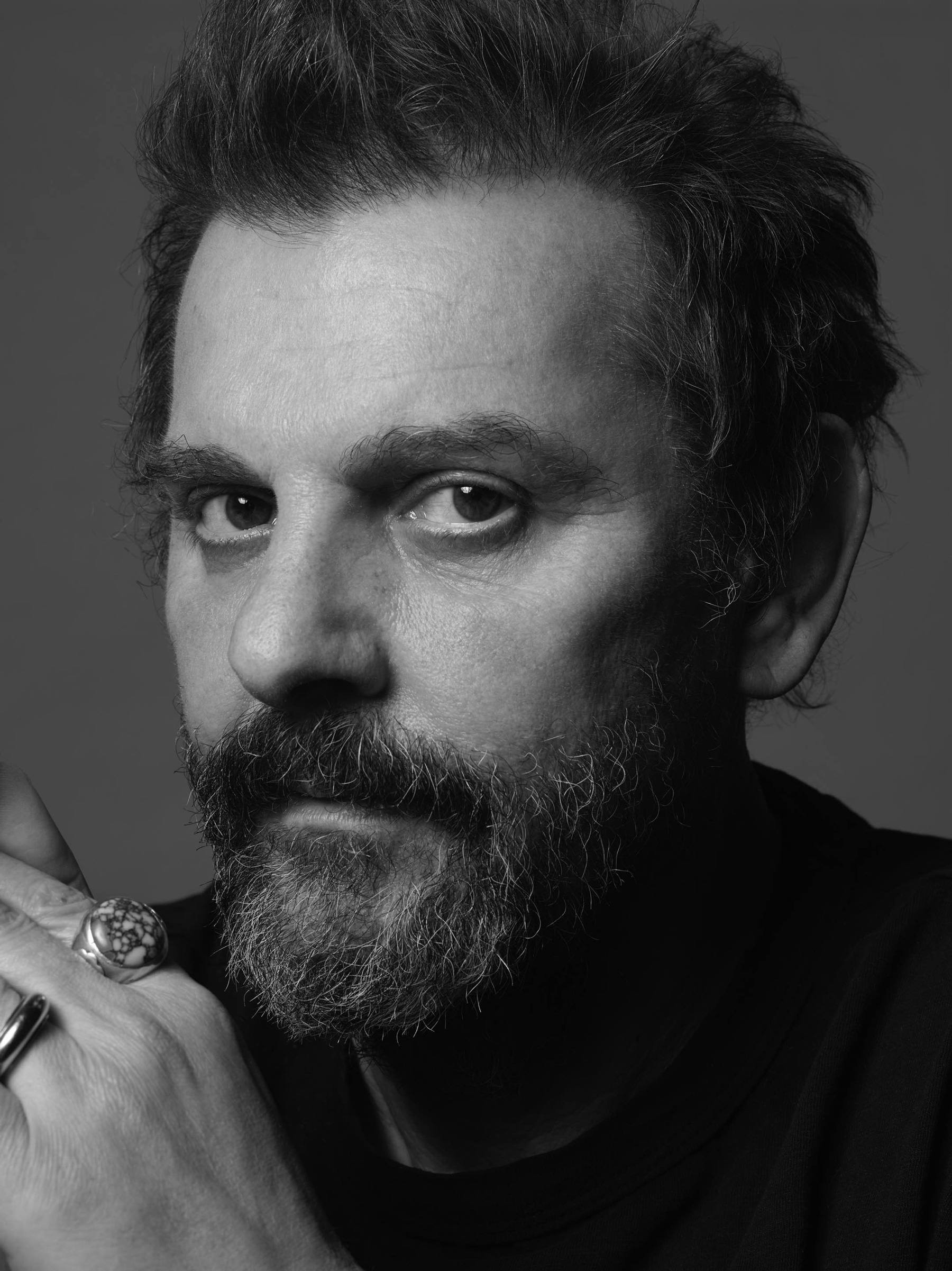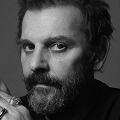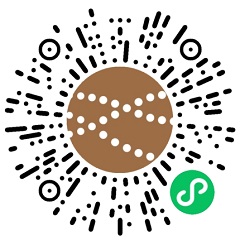
Shanghai
Venue
Exhibitions
Events
annex Space
Join Us
(Shanghai, November 7, 2023) From November 8, 2023, to January 1, 2024, Shanghai Fosun Foundation will present the Ugo Rondinone solo exhibition “Burn to Shine.” The exhibition takes its title from American poet and artist John Giorno’s 1994 poem of the same name. A Buddhist maxim equating life and death, it evokes a range of metaphors of death and rebirth from ancient Greek to Chinese folk mythology, inspiring contemplation of life and nature.
Ugo Rondinone was born in 1964 in Brunnen, Switzerland, and has lived in New York since the late 1990s. His works span such forms as sculpture, painting, installation, sound, and collage. Rondinone's works utilize advanced technologies to reveal or replicate that which is lost or forgotten as civilization plods on, while also casting the gaze onto primal, romantic emotions and connections in the natural world, engaging in a sustained examination and exploration of collective human relationships and human nature. Rondinone's works exude a mournful yet humorous atmosphere, touching on the core of the most pressing issues of our time. Lead, wood, wax, bronze, stained glass, ink, paint, soil, stones, all manner of natural and artificial objects serve as Rondinone's raw materials, which he has deftly employed to create widely-known public artworks that are keenly sensitive to subtle shifts in time and space, such as Seven Magic Mountains (2016–2021), near Jean Dry Lake in the Nevada Desert, and human nature (2013), completed at the Rockefeller Center in New York.
Love —
Burning Heart
The first impression people receive in this exhibition comes from sound. From dark shadows and faint light emerges the sound of drums, brimming with vitality and urgency, pressing the viewer to set out on a journey into the unknown. This auditory prelude comes from the film BURN TO SHINE. The heart of this exhibition, it unfolds the artist’s creations from the past four years. This artwork occupies the entire second floor of the Fosun Foundation. Using sound equipment of the highest global standards, it brings the movie theater sound experience into the museum.

The title BURN TO SHINE evokes poignant memories. It is derived from the poem “You’ve Got to Burn to Shine” by the artist’s departed partner John Giorno. The twenty-year partnership of between John Giorno and Ugo Rondinone was once described by critic Oliver Basicano as a linchpin of the New York art scene. On the occasion of Giorno’s 80th birthday in 2017, Rondinone staged a series of exhibitions in multiple locations titled “I ♥ John Giorno.”
The concept “you’ve got to burn to shine” is derived from the Sanskrit word “tap” (तप्), which means “to shine; to burn.” It is the root for “tapas” (तपस्), which means “asceticism,” implying that release is achieved by enduring suffering, the Buddhist cultivational practice of meditation combined with discipline. Rondinone’s film, however, does not wallow in bitterness. On the contrary, it is filled with passion and joy. The artwork features choreography by Moroccan-French choreographer Fouad Boussouf and is performed by numerous percussionists and dancers reflecting rituals from various cultural backgrounds and responding to myths and legends of fire and rebirth. Six giant screens play in tandem in a large ring and come together with the faint light filtered through the glass curtain wall to turn the entire space into a sanctuary providing a meditative experience to those within.
Nature —
A Cyclical Experience of Life
The forces of time and nature are constant themes in Ugo Rondinone's work. In the film BURN TO SHINE, the cyclical movements of the setting and rising sun carry on without ceasing. This motif is echoed in the “Mattituck” series of paintings also featured in this exhibition. The title of the series comes from a beach on Long Island where Rondinone lives. Fourteen paintings are placed at equal intervals in the exhibition space, like notches on a sundial, revealing the eternal dance of sunset and moonrise. Each painting uses three colors, sometimes close, sometimes contrasting, to capture a momentary natural phenomenon. Each painting reads like a journal entry, giving a sense of intimacy, as well as soft lamentation at time's passing. Though the sizes differ, they are all aligned in the exhibition space by the horizon line where the sky meets the sea.
This horizon line extends the line of the series of “Horses” on the floor of the exhibition space. That line appears where the tops and bottoms of the sculptures come together, the two components representing air and water. The form of the horse represents the land. The horse's body is cast glass pulled from the fire. In this way, the sculptures fuse four elements into one whole, elements that are crucial to Rondinone's creations. Each horse is named for one of the world’s seas, bringing romantic connotations of travel.
Duality —
A Unique Journey through a Sublime Landscape
The “Horses” series imbues abstract, fluid elements with tangible, solid form, leading the viewer to take in the duality that is a constant in the artist’s work. This duality towers high over the roof of the Fosun Foundation, in the form of the seven three-meter-tall “nuns + monks” sculptures. These sculptures are based on natural stones, which have been cast in bronze and covered in fluorescent paints, transforming the subtle balances of nature into manmade monuments. The original inspiration for these sculptures comes from natural formations known as “hoodoos,” pillar shapes formed by erosion. These piled forms take on the solemn postures of clergy figures, contrasting with the gleaming towers along the river. An eighth sculpture stands guard over the plaza at the Fosun Foundation entrance. It stands a meter taller than the other works in this series, a work of public sculpture drawing in the gaze, radiating optimism with its pink and yellow surface. The title “nuns + monks” lends these stones a religious sense of mystery and gravity, evoking deep historical and contemporary threads, while expanding on references to dual reflections internal to the self and the world. Here, invisible time and the cycle of life have been concretized in physical form.
“burn to shine” is a complete experience from dusk to dawn, from the sea to the sky, from the individual to the collective. Rondinone’s art is deeply rooted in the fundamental motif of the landscape. His works transform miracles of nature into concise, sublime, existentialist themes, capturing the profound emotions they elicit, like a bond stretching between our external world and inner lives, straddling the boundary between clarity and ambiguity, and guiding the viewer to the depths of the soul. Always turning, always flowing, without beginning or end, the cycle of life is echoed in the revolving curtain facade of Fosun Foundation, inspiring endless imagination of origins and ends.
Rondinone's works always convey their ideas in the purest, most direct ways, allowing the viewer to establish connections with the artworks between self-perception and direct experience. This exhibition is an experiment in fusing the viewer into the artwork itself. From the public sculpture open to everyone to the tranquil, independent exhibition space inside, this exhibition hopes to inspire people living fast-paced lives to narrow their gaze and enter a journey around the world, and around solitude.
About the Artist

Ugo Rondinone was born in 1964 in Brunnen, Switzerland. He studied at the Hochschule für Angewandte Kunst, in Vienna, and moved to New York in 1997, where he has lived and worked ever since. Rondinone's creations take many forms, including installation, sculpture, painting, large format drawings, and immersive video, as they explore the tensions and connections between day and night, truth and fiction, excitement and dejection. His works mainly focus on the human condition and the relationship between humanity and nature. For over thirty years, his practice has revolved around what he describes as the “mental trinity,” the coexistence and interdependence between the natural world, romanticism, and existentialism.
Ugo Rondinone's works have been presented in solo exhibitions in such institutions as: Centre Pompidou, Paris (2003); Whitechapel Gallery, London (2006); the Art Institute of Chicago (2013); Rockbund Art Museum (2015); Museum Boijmans Van Beuningen (2016); MACRO, Rome (2016); Carre D’Art, Nimes (2016); Berkeley Art Museum (2017); Contemporary Arts Center, Cincinnati (2017); Bass Museum of Art, Miami (2017); the Belvedere, Vienna (2021); Tamayo Museum, Mexico City (2022); Schirn Kunsthalle, Frankfurt (2022); Petit Palais, Paris (2022); Scuola Grande San Giovanni Evangelista di Venezia, Venice (2022); The Musée d’Art et d’Histoire, Geneva (2023); Gladstone Gallery, Brussels (2023); Parrish Museum, New York (2023); Städel Museum (2023); and Storm King Art Center, New York (2023). Rondinone represented Switzerland at the 52nd Venice Biennale in 2007. Upcoming solo exhibitions include a large-scale solo exhibition at Fosun Foundation, Shanghai, and a special project at the Phillips Collection in Washington, DC.

